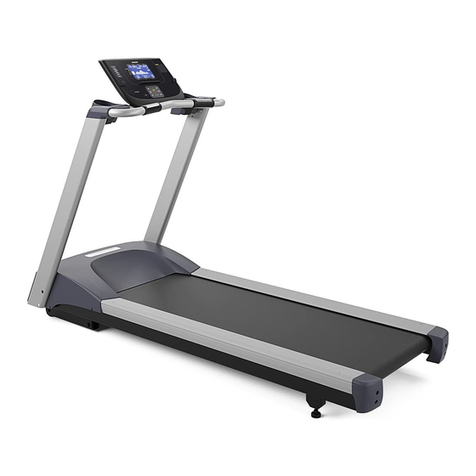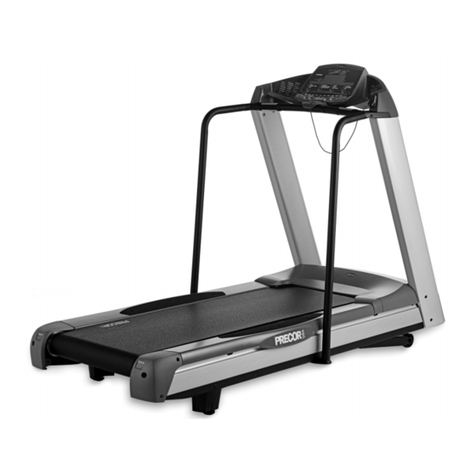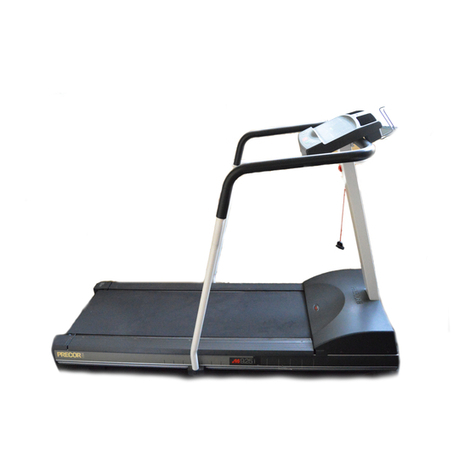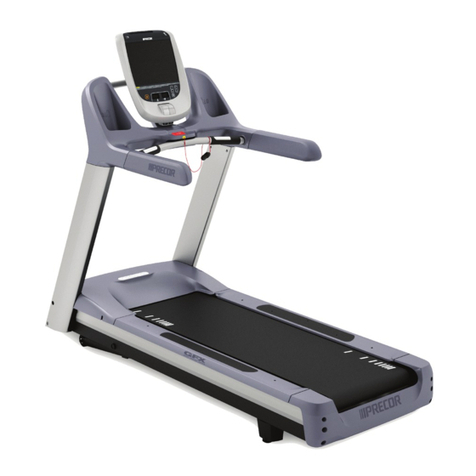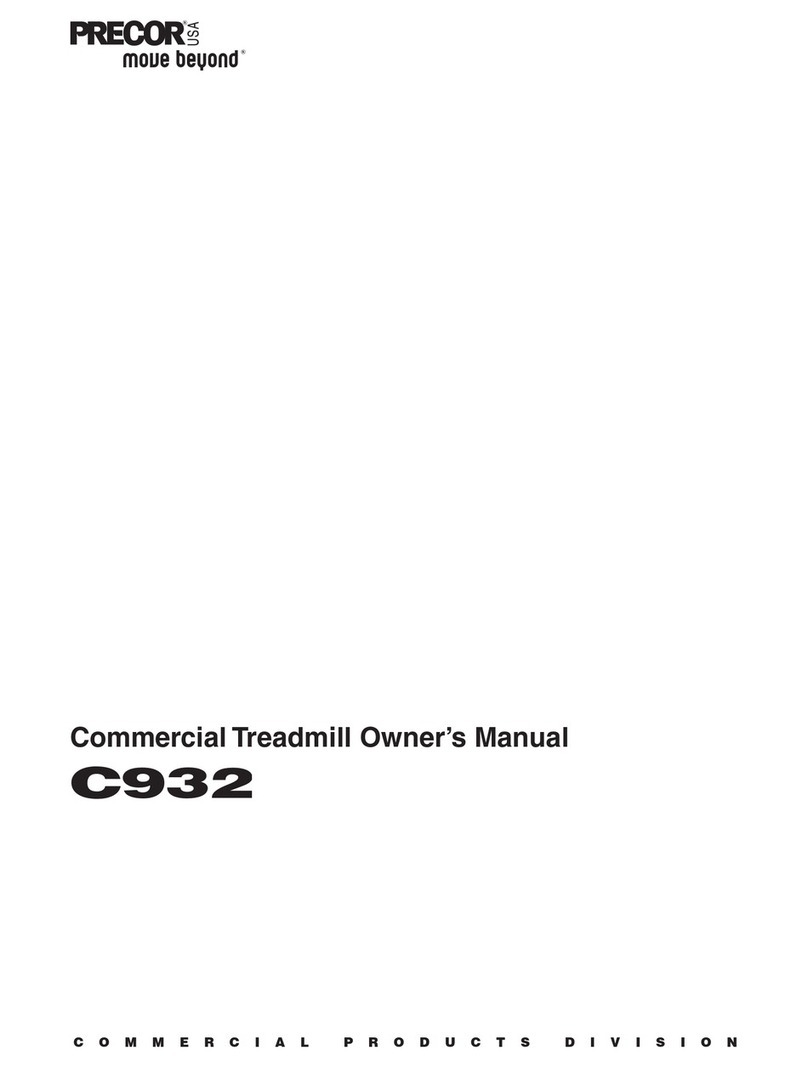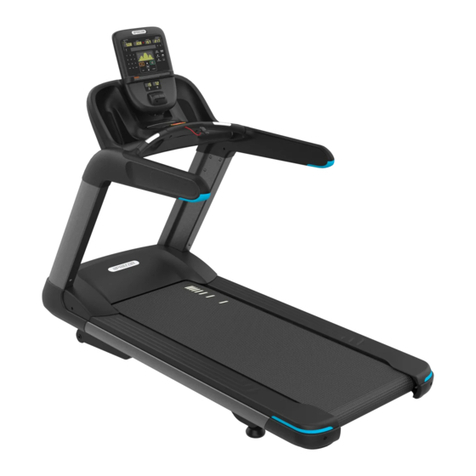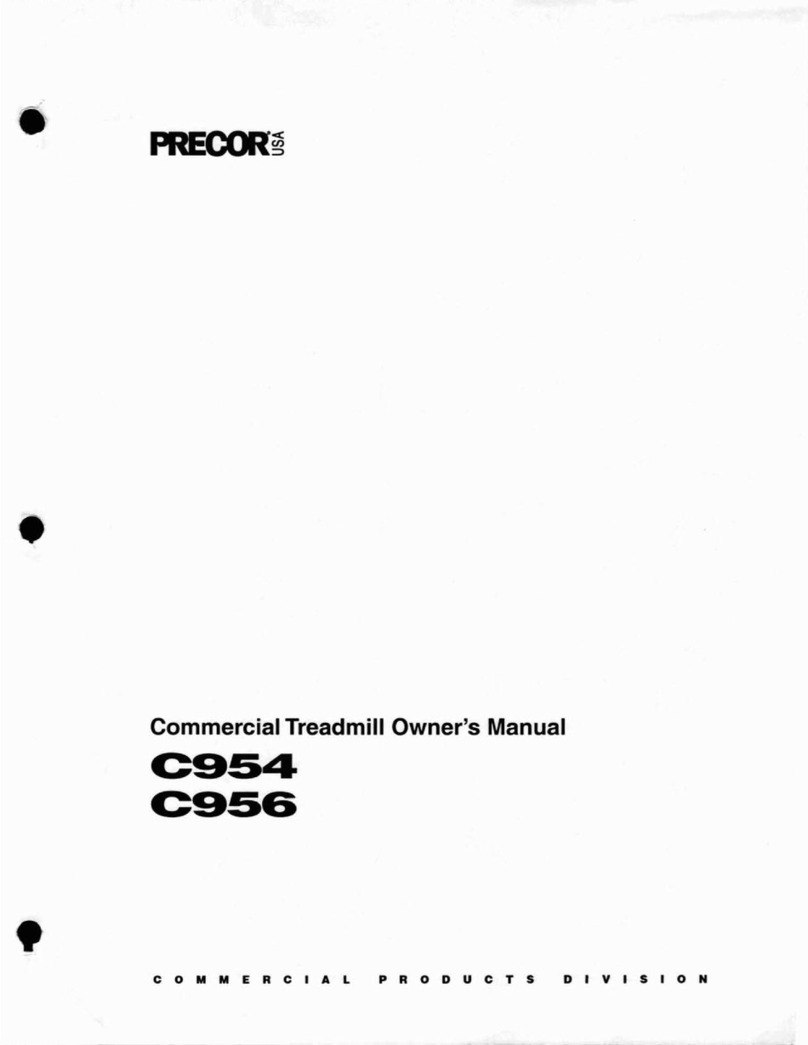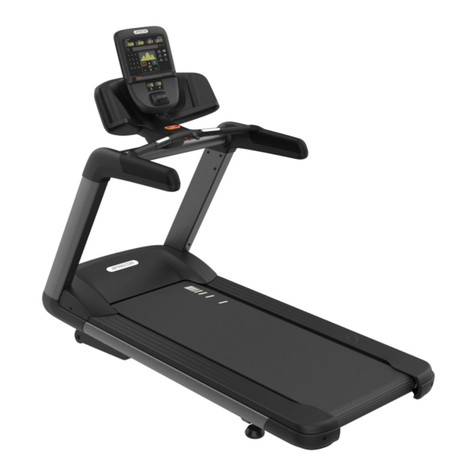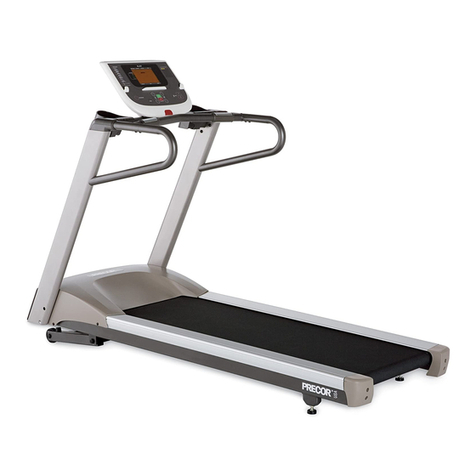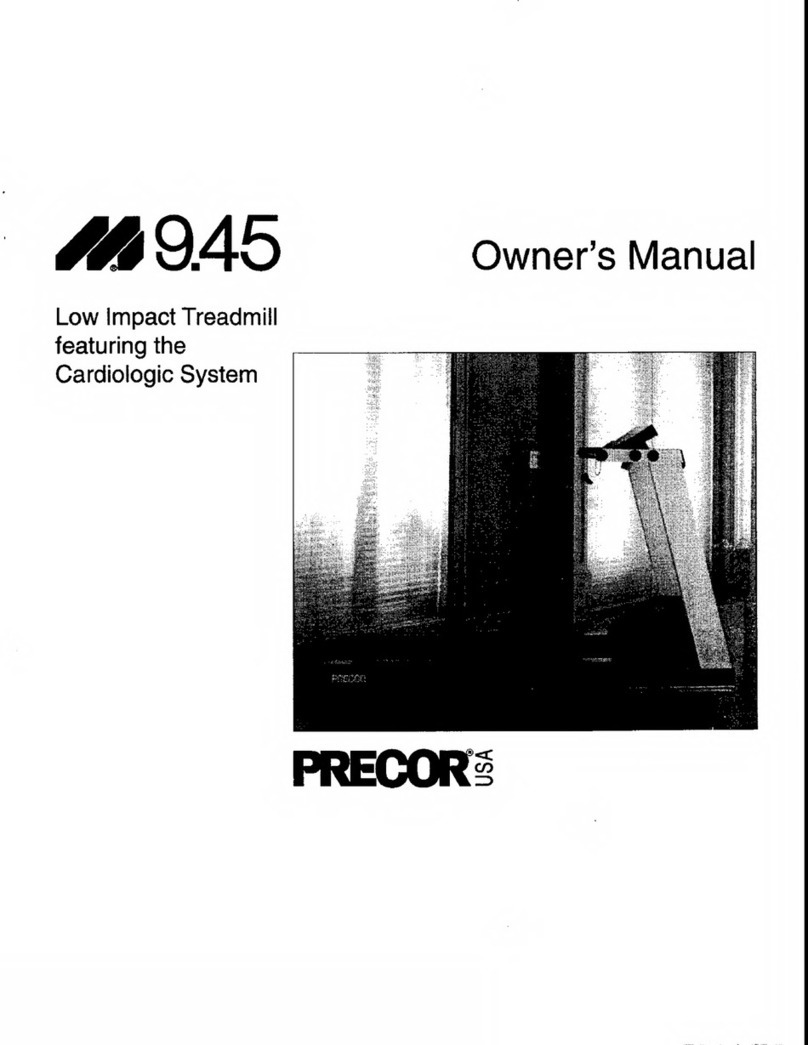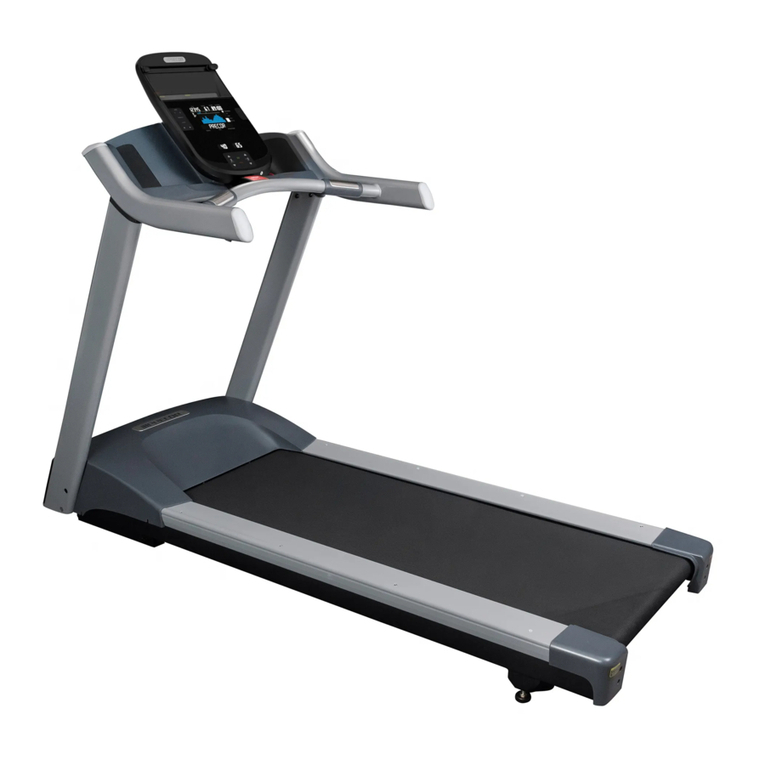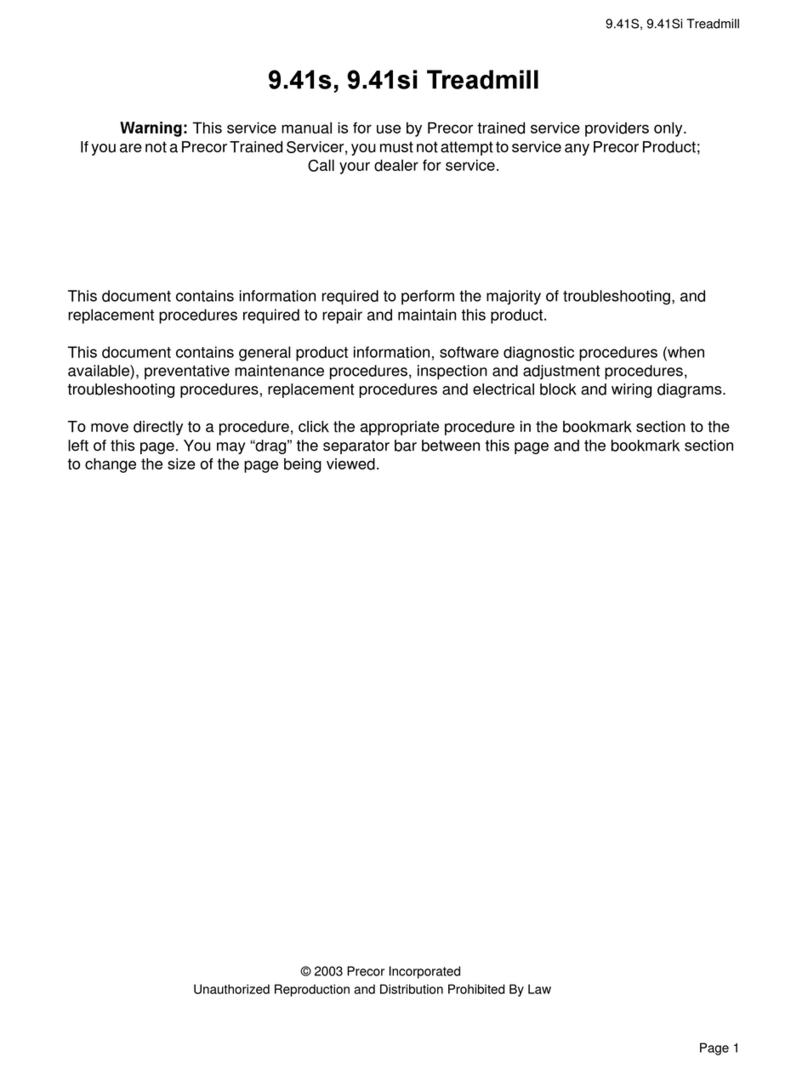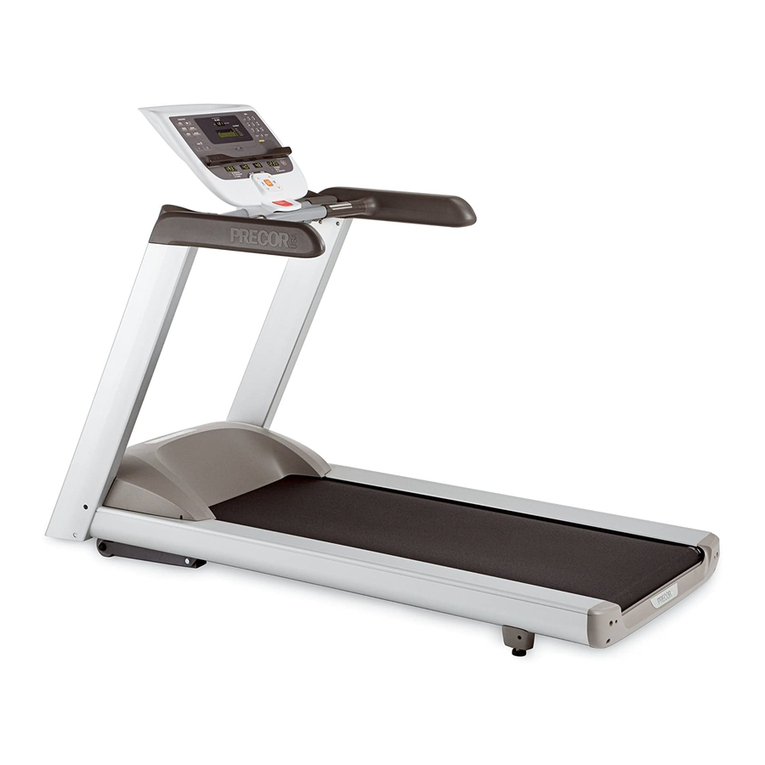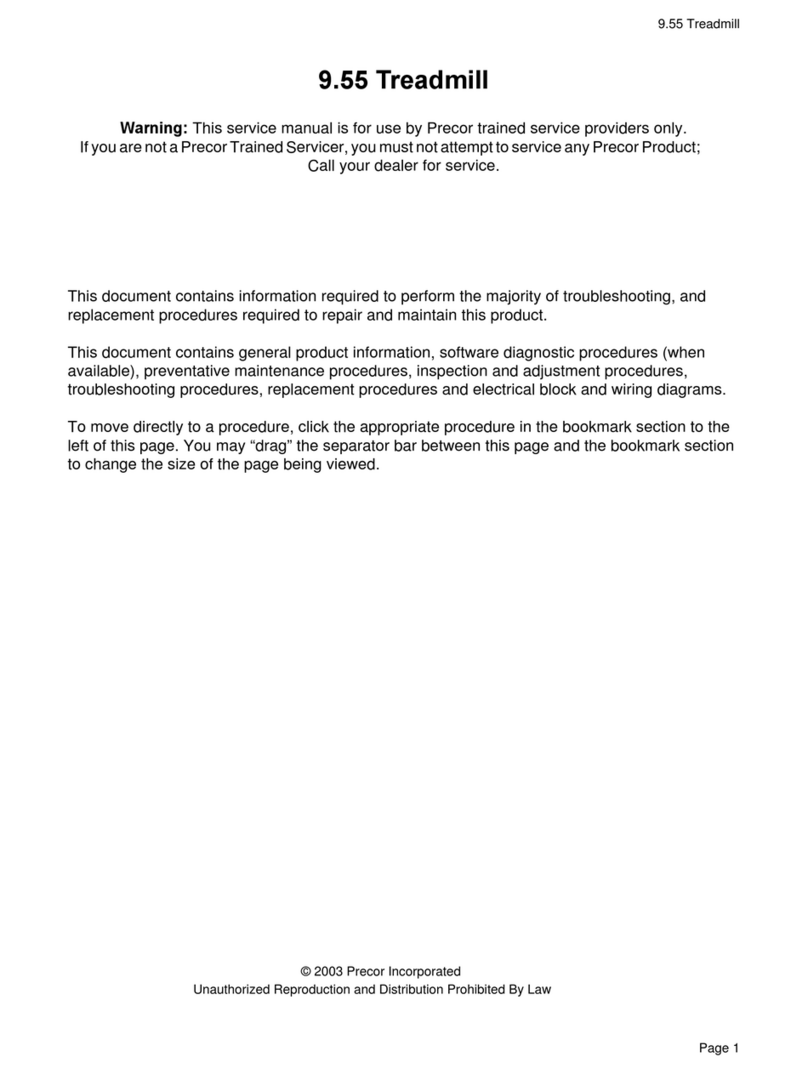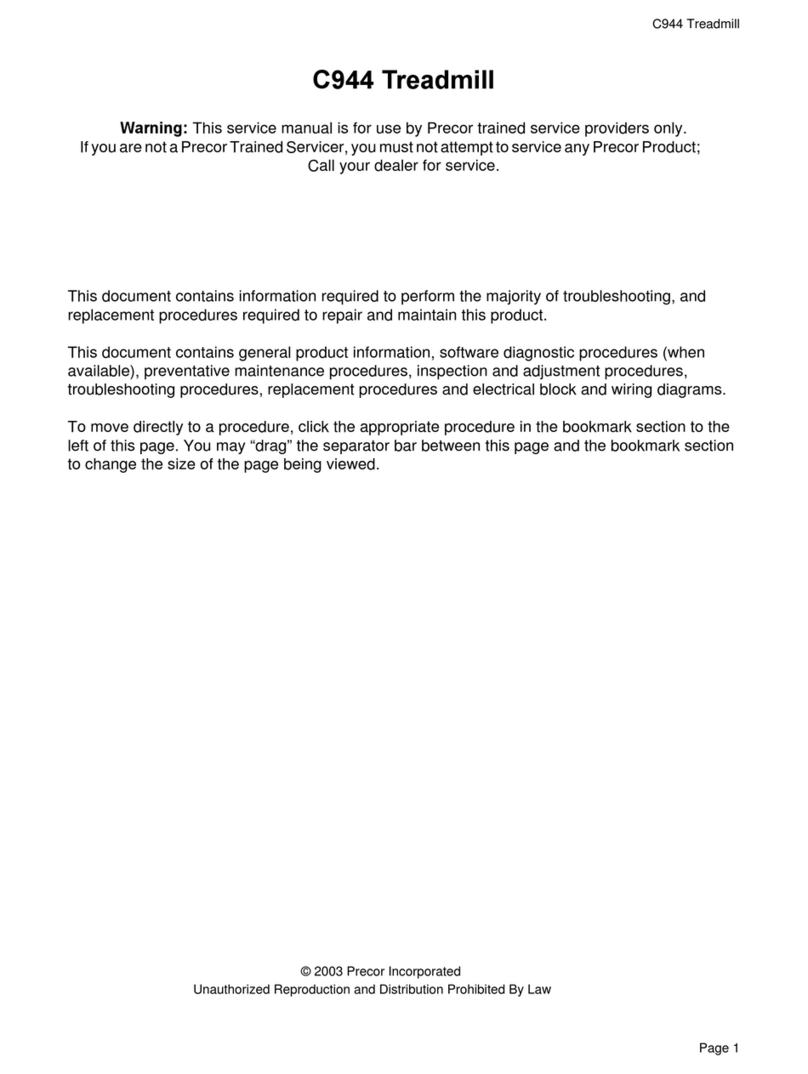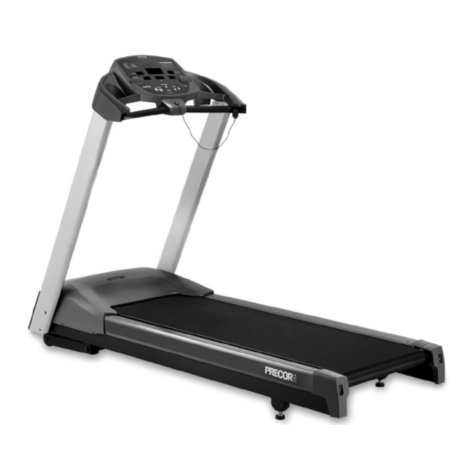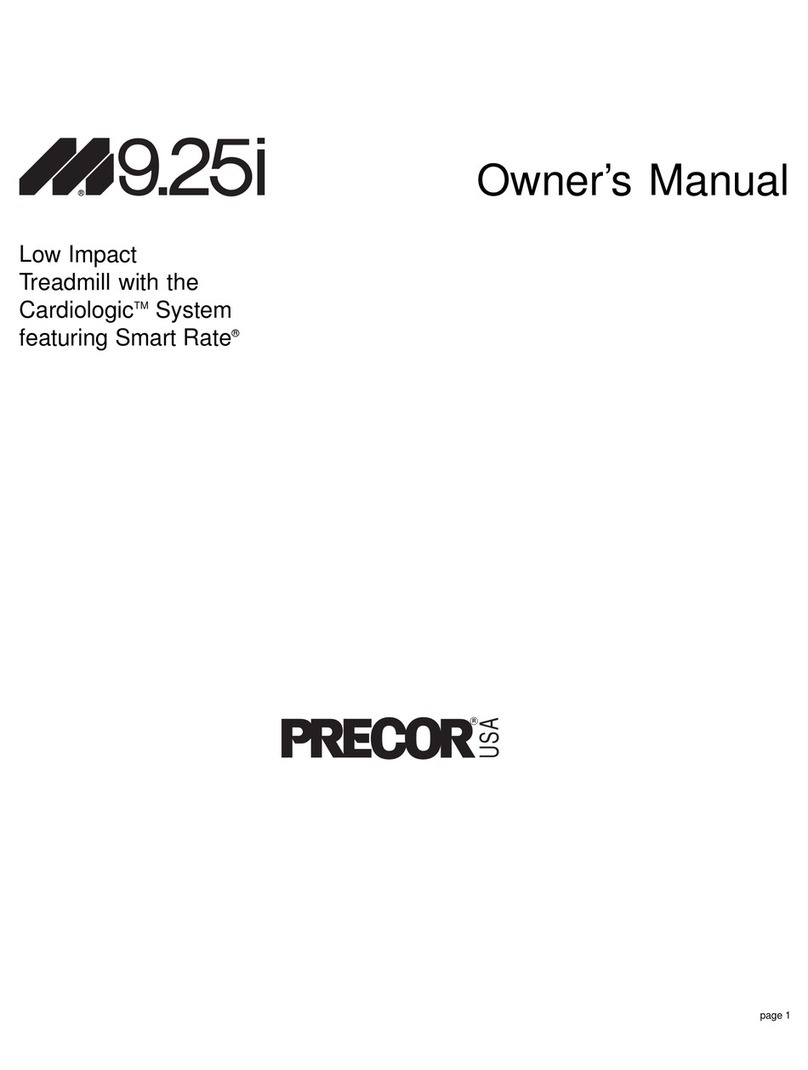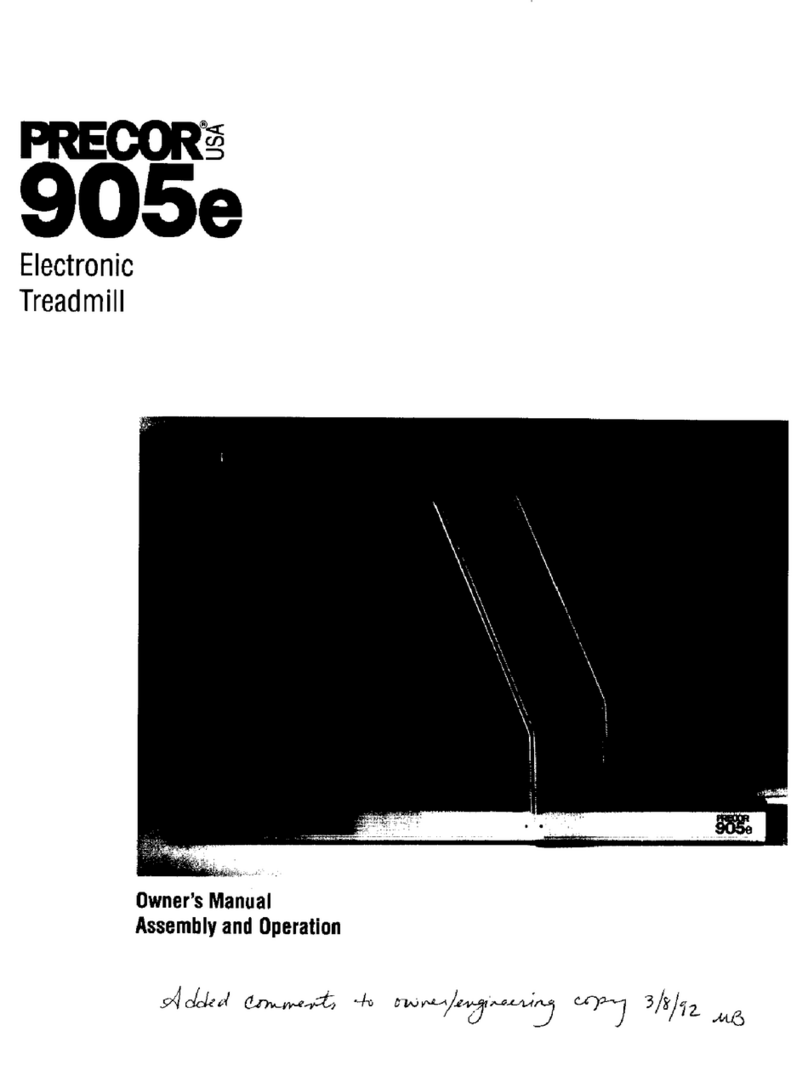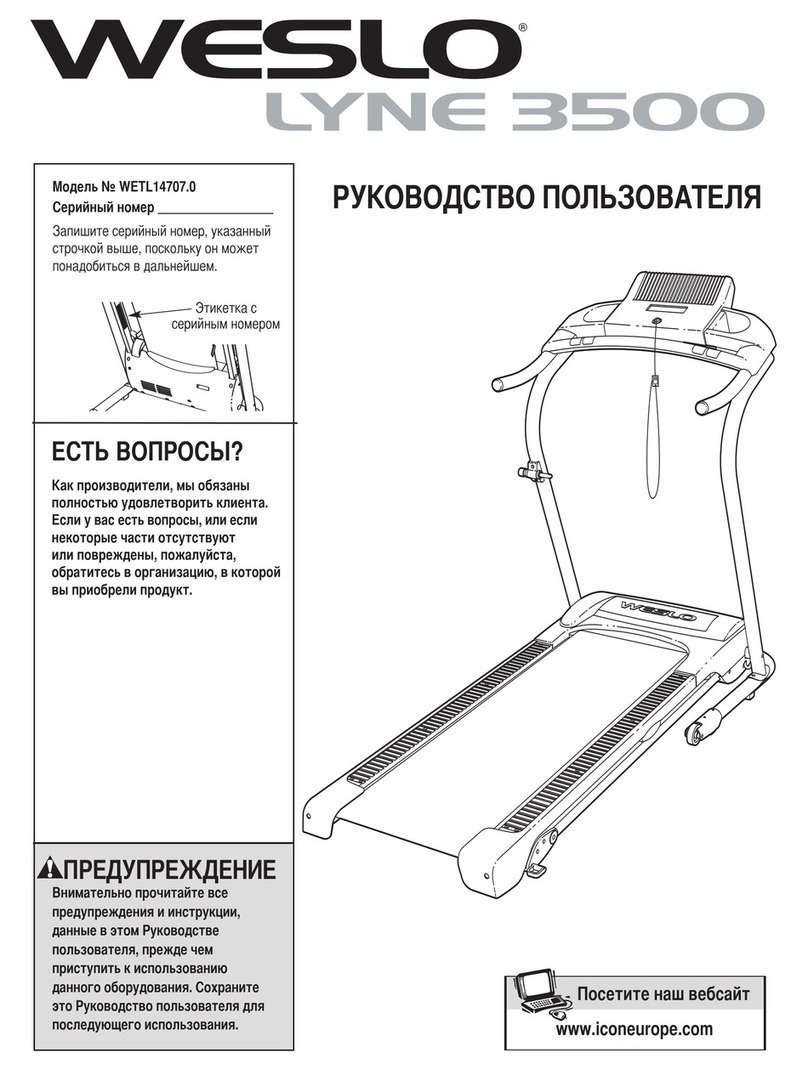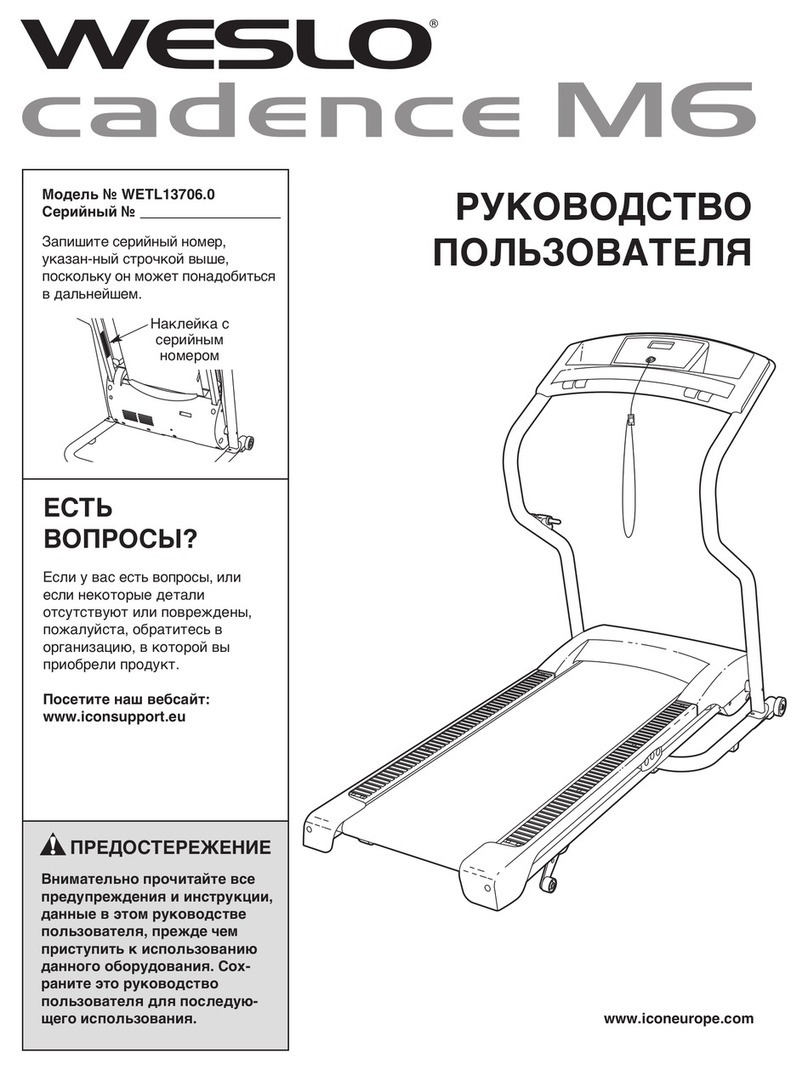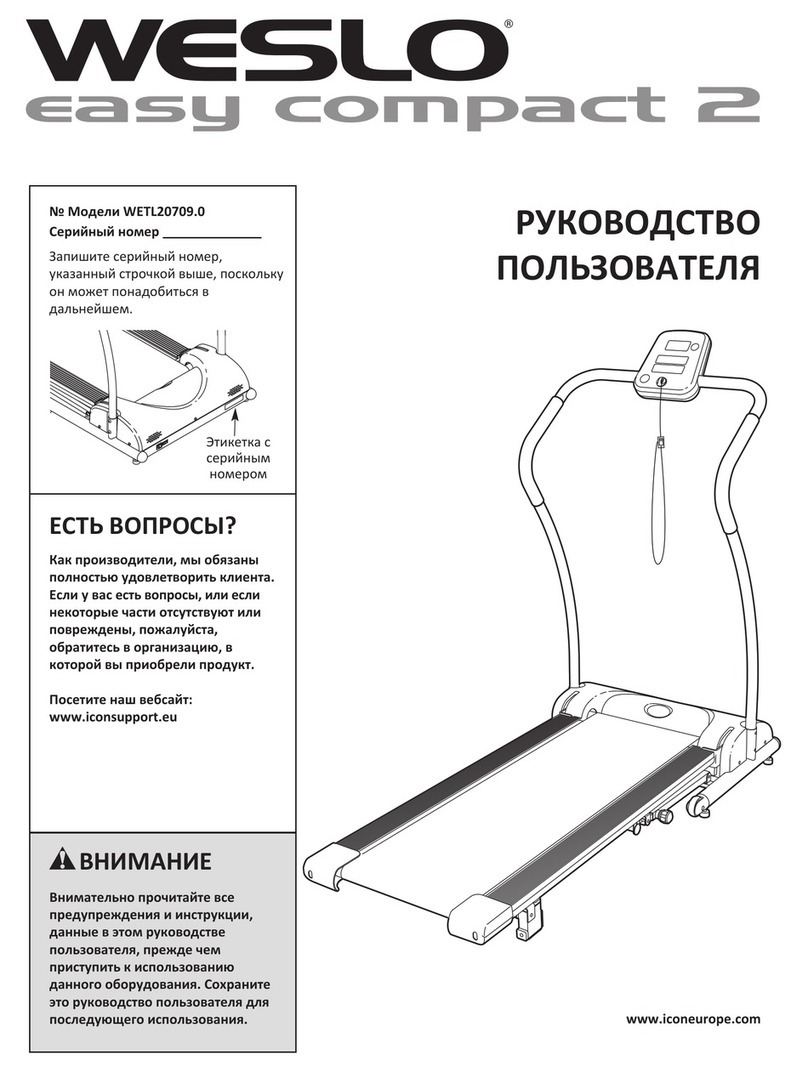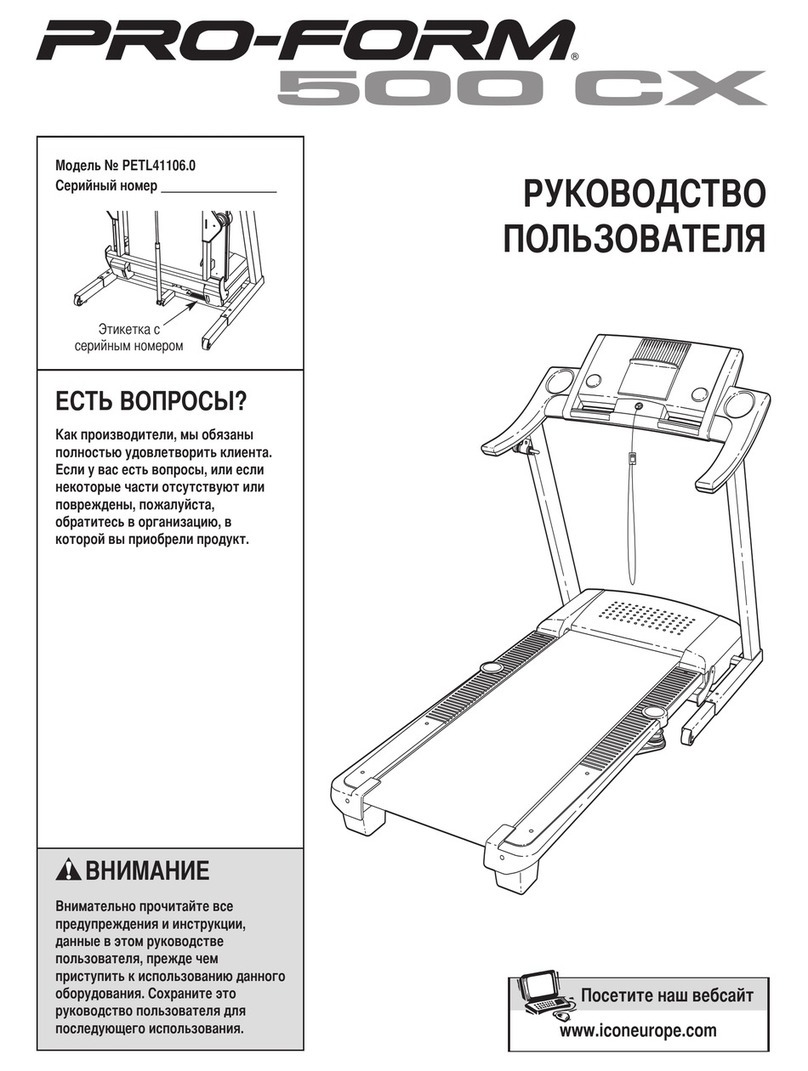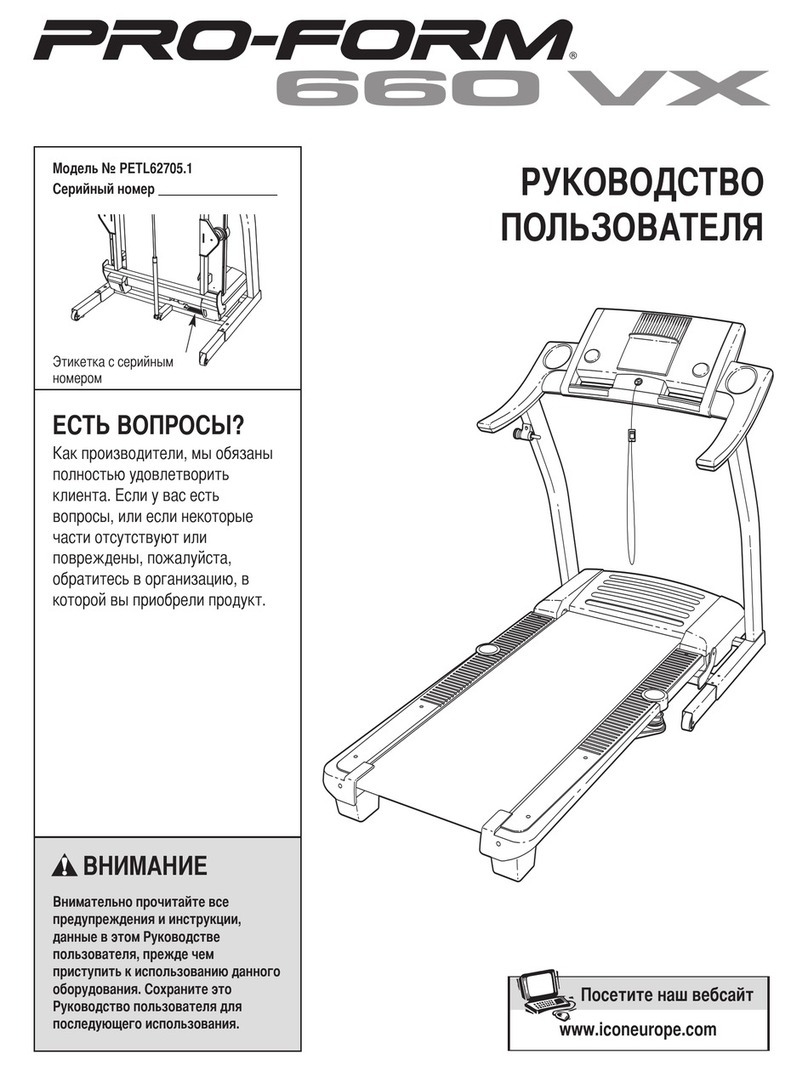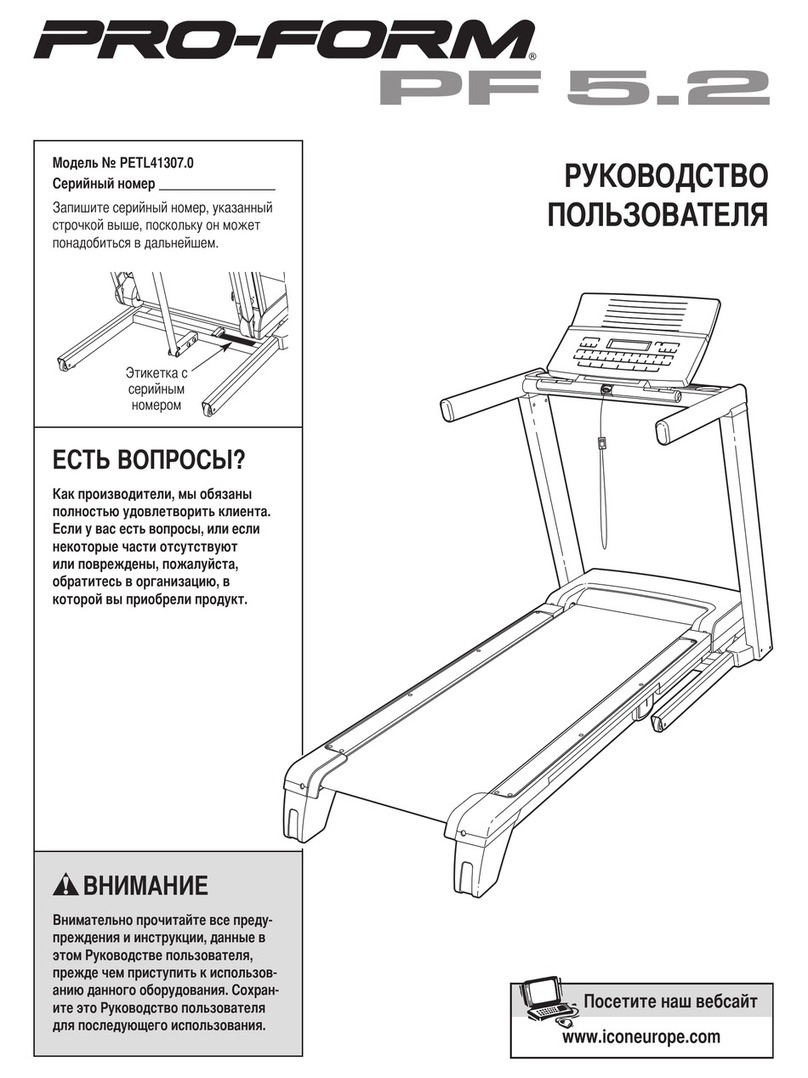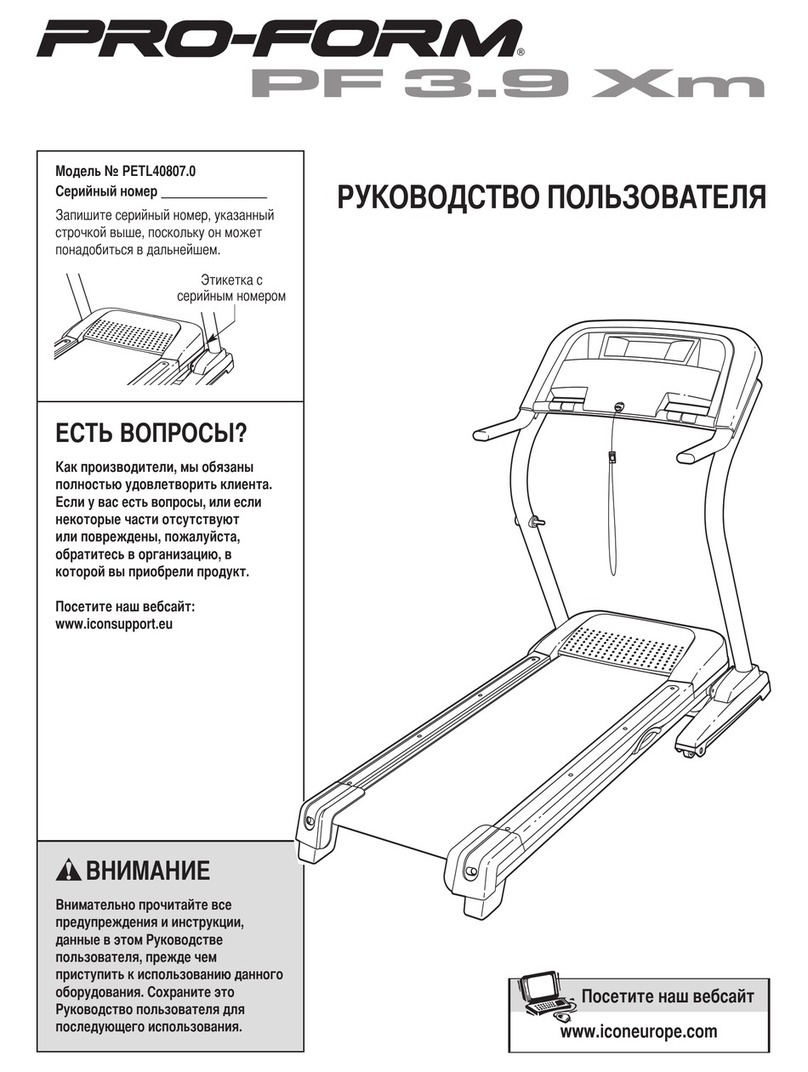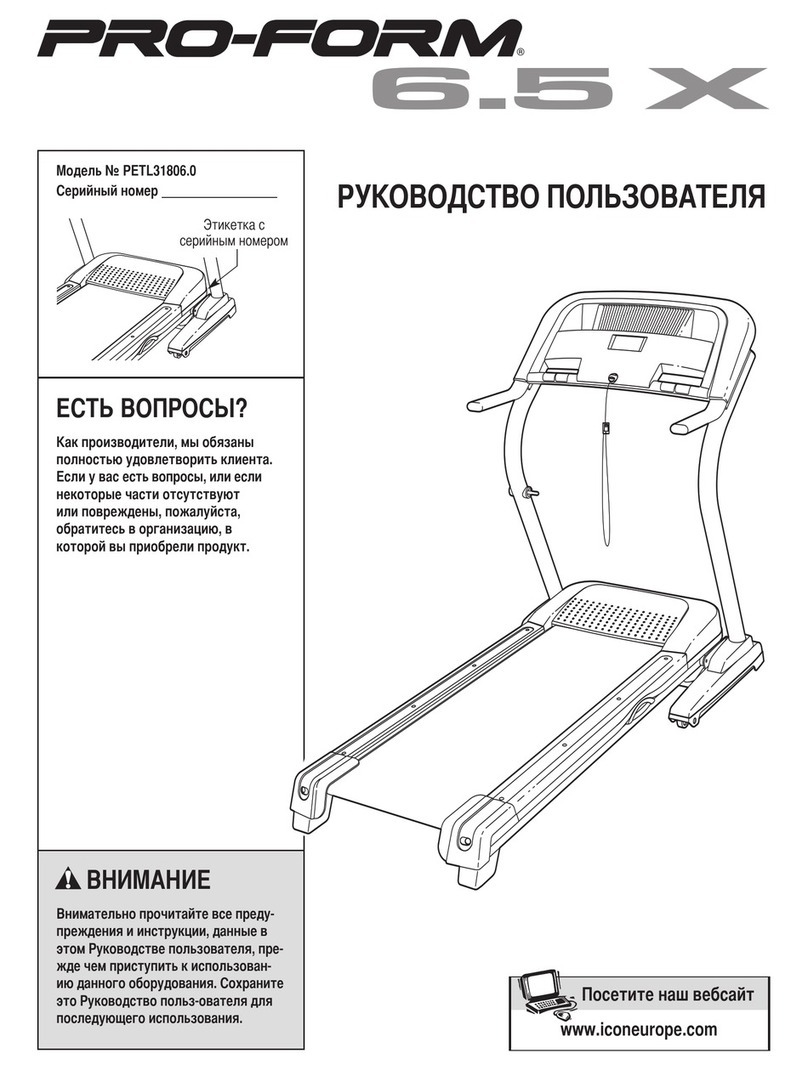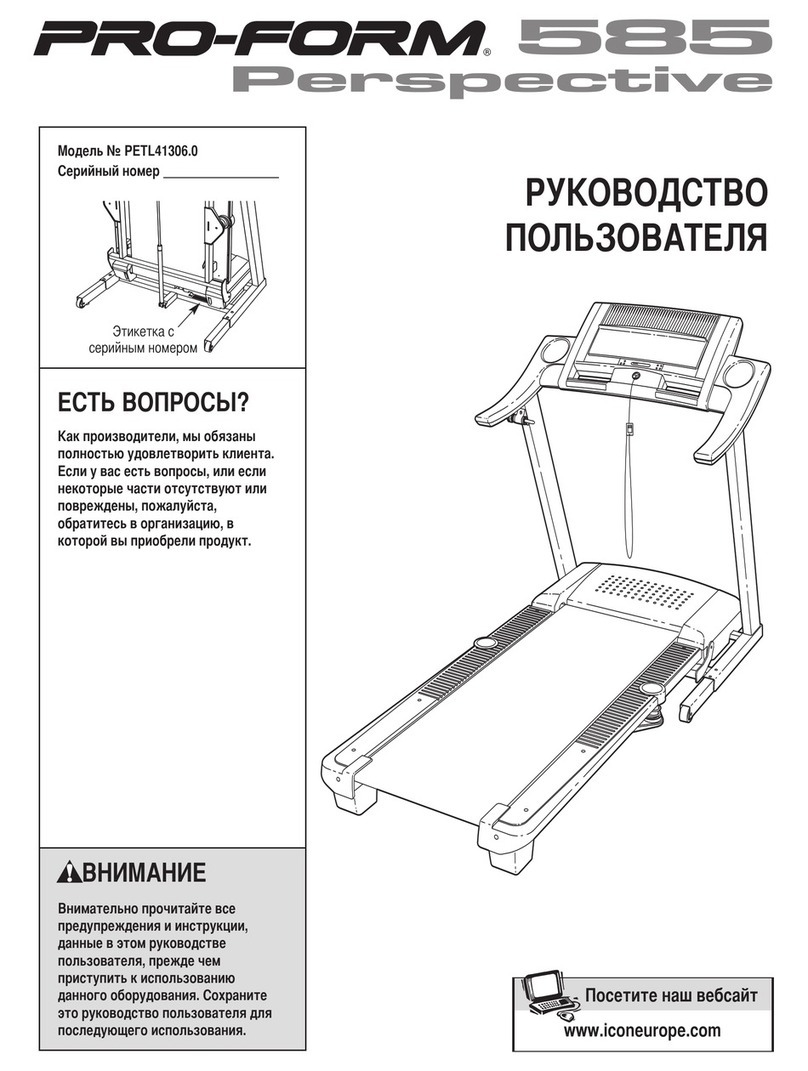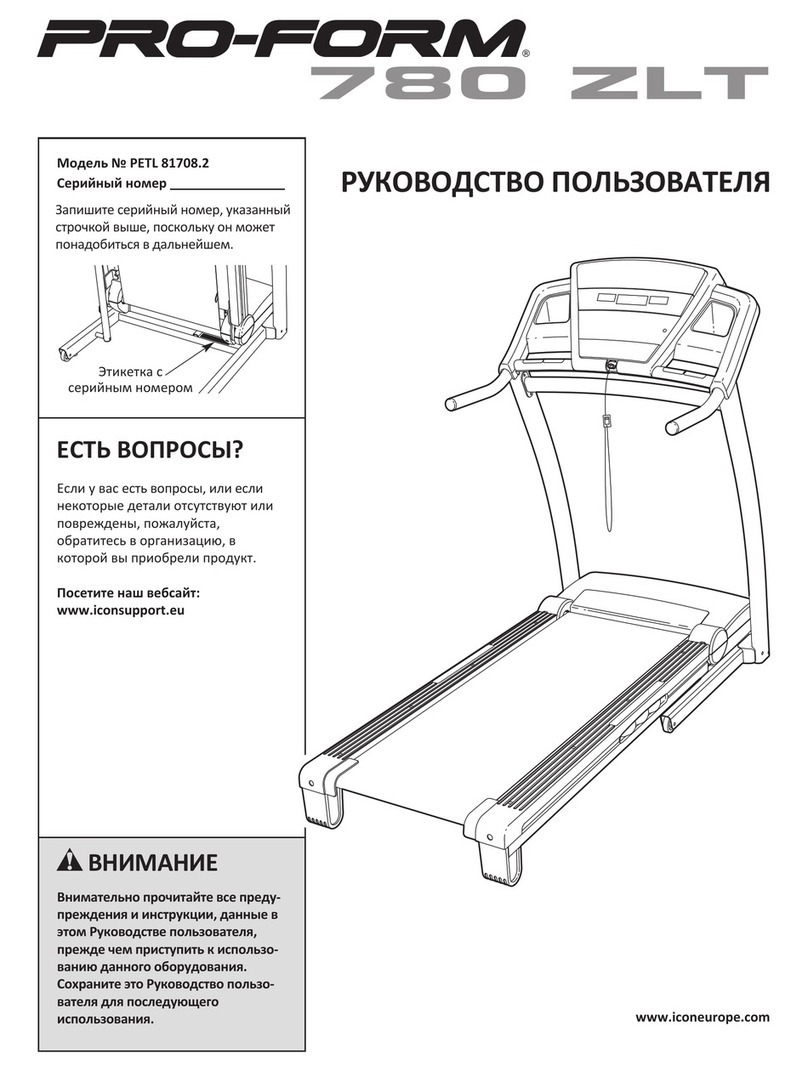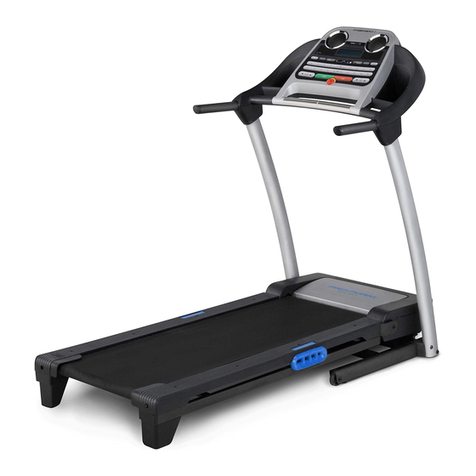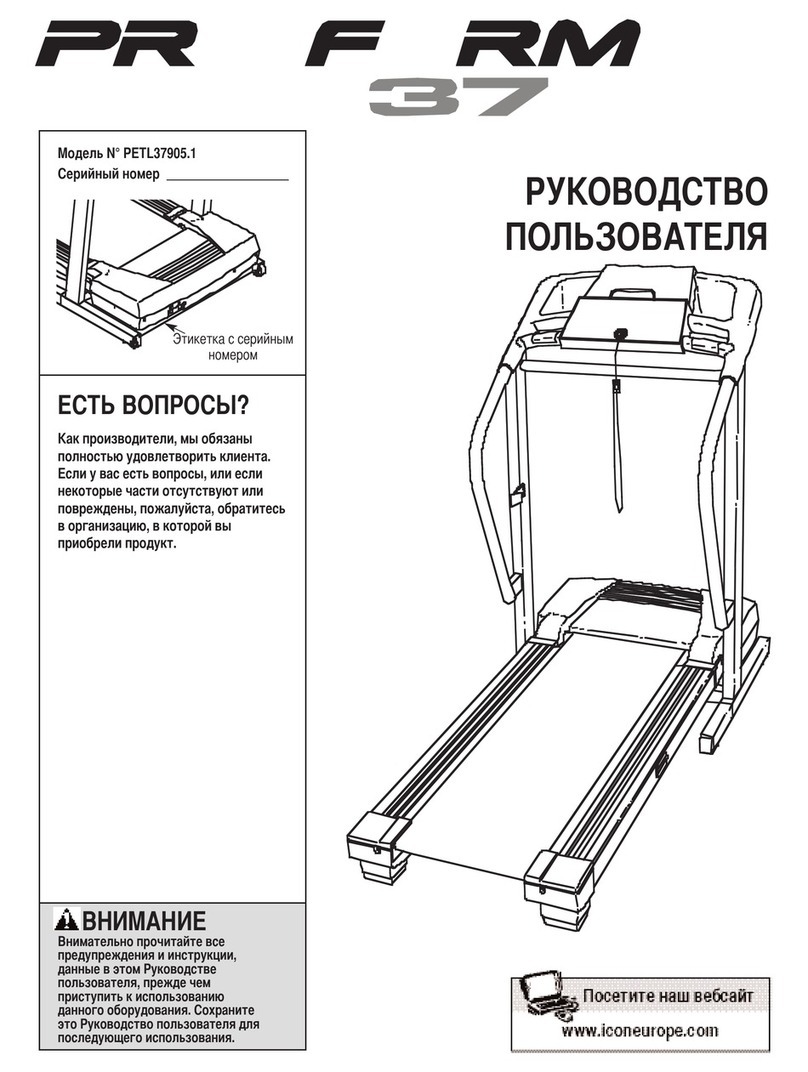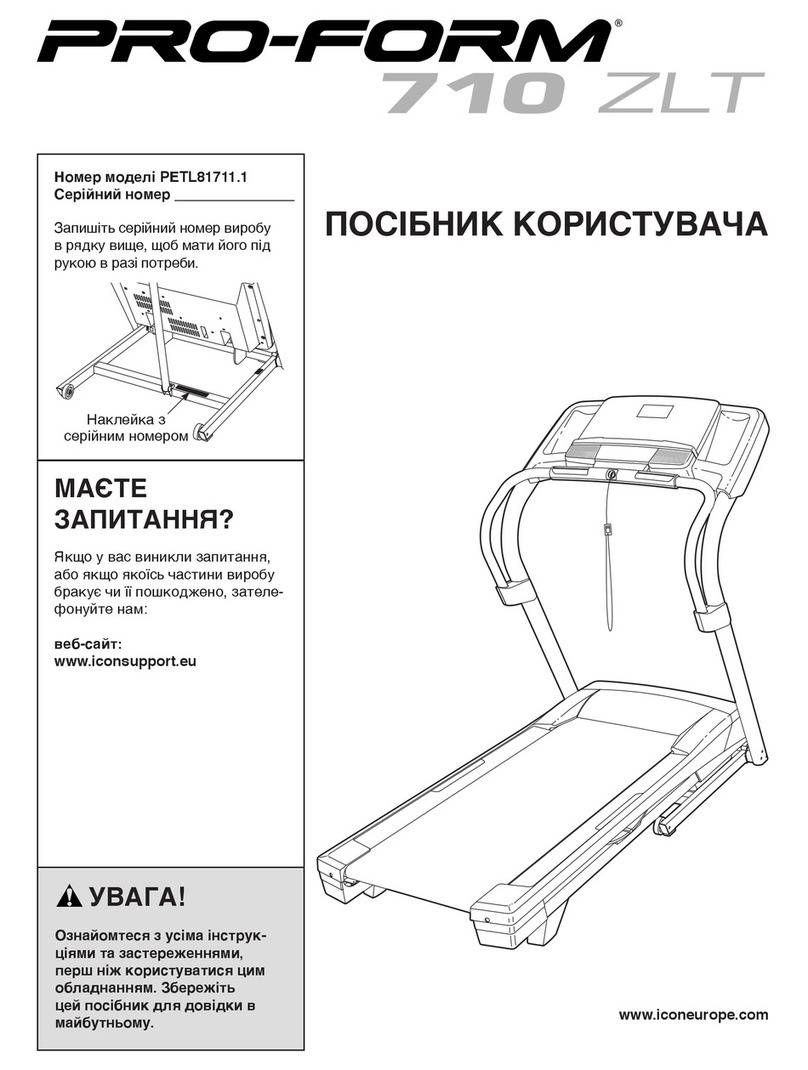
9.33, 9.35 240V Treadmill
Page 2
Section One -
Things you Should Know
The 9.33, 9.35 incorporate new drive motor system and display systems. The drive motor is a
three phase AC motor. The drive motor controller converts a single phase AC input into three
phase motor control.
Section One, Things You Should Know. This section includes technical specifications. Read
this section, as well as the 9.33, 9.35 Treadmill Owners Manual, before you perform the
maintenance procedures in this manual.
Section Two, Software Features. Precor’s 9.33, 9.35 Treadmills are programmed with several
diagnostic and setup features. This section contains the procedures you need to access the
diagnostic features on this treadmill.
Section Three, Checking Treadmill Operation. This section provides you with a quick way of
checking treadmill operation. Check treadmill operation at the end of a maintenance procedure
and when it is necessary to ensure that the treadmill is operating properly.
Section Four, Inspection and Adjustment Procedures. Perform inspection procedures when
a trouble symptom points to a particular problem and after removing and replacing major
components. Many maintenance problems can be fixed by adjusting various treadmill
components. This section also provides you with the step-by-step procedures required to make
these adjustments.
Section Five, Troubleshooting Procedures. The diagnostic and troubleshooting procedures
contained in this section should be performed when it is necessary to isolate a problem to a
particular component.
Section Six, Replacement Procedures. When a treadmill component must be replaced, go to
this section and follow the step-by-step procedures required to remove and replace the
component.
Section Seven, Technical Diagrams and Parts Lists. This section includes wiring diagrams,
and block diagrams for the 9.33, 9.35 Treadmills.
